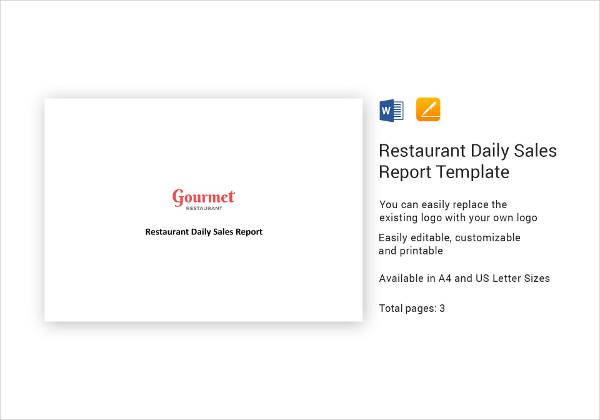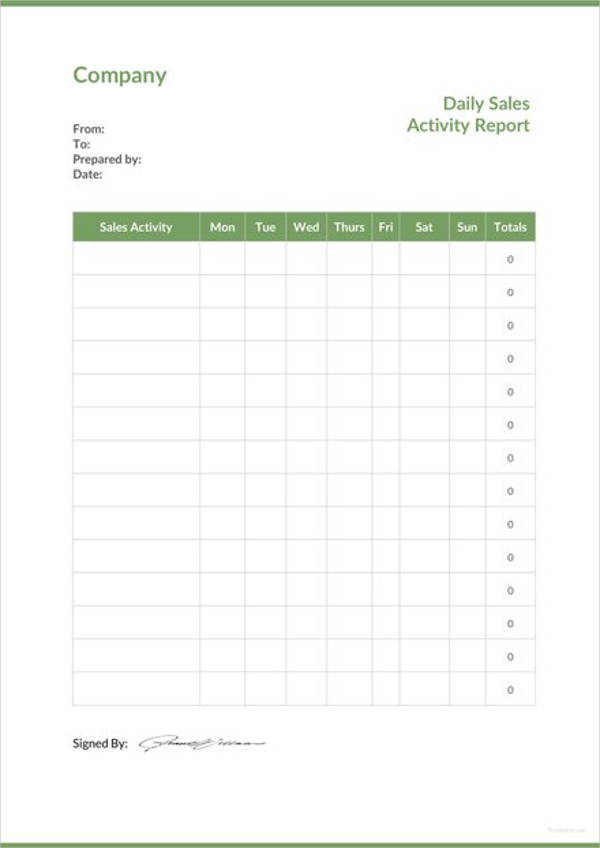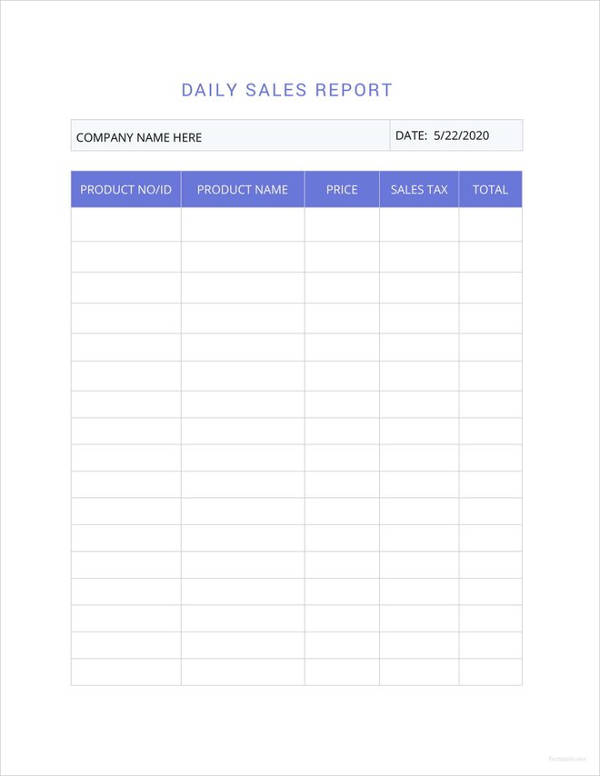

Running an organization is a lot more complicated than just sitting behind a desk, typing on your computer, and answering phone calls and emails within the day.
As a sales manager, you want to stay on top of things to ensure that your company grows along with its market. But sometimes, it can be hard to identify who or what is contributing to its success (or lack thereof). After all, there are many steps and procedures that are involved in the sales process—and this is where general sales reporting comes in.
Though there are many ways to perform a sound financial tracking system, a daily sales report serves as the core tracking element for controlling an organization’s cash, measuring its cost and sales performance, and forecasting future sales along the way. You may also see monthly report examples.
But to understand how a daily sales report is created, we must first look into what sales reporting really is and the role it plays in keeping a sales team on track. In this article, we will discuss all you need to know about sales reports and a few tips on how to create one.




The sales cycle can be a long, grueling process to begin with. While some prospects are easy to convert, others can take a lot longer than most. Some clients or customers simply require a different kind of selling approach to close a deal. At the other end of the spectrum, you might even have a few sales representatives with an otherwise different style of functioning. You may also see marketing report examples.
Every step of the sales cycle is crucial to the company’s success, which is why keeping track of significant information is vital to help improve your results.
Part of being a sales manager is having the knowledge of the process of the sale. This includes the touches or activities necessary to close a deal, along with how long a deal can stay in the sales pipeline, where it’s likely to get held up, and so much more. You may also like recruitment report examples.
Good sales reporting provides managers with enough insight on the process and foundation of a successful sales operation. This can help predict where an organization’s success lies and what can be done to improve its results. But it takes more than just the numbers to measure a company’s growth, as sales managers must also look into who or what is driving those sales to maximize on such as your market continues to grow. You may also check out financial report examples.
Once you have fully understood the reasons behind your data and its corresponding results, it would be easier to focus your team’s efforts in managing decisions regarding production quantities, employment needs, pricing, timelines, and other necessary components that keep your business flourishing. You might be interested in annual report examples.
Although there are many things to report on, for most sales managers, it all boils down to what’s essential to the company’s growth and measuring every factor to make the best possible decisions for the business.
Here are a few fundamental data points you may want to emphasize on your sales report:
Round up the total number of deals you have in all stages of your sales pipeline. This includes prospects who are interested in your services, those who have been inquiring and meeting up with your sales team, and leads who are close to sealing a deal. It’s important to note where they are, when they are expected to close a deal, and the likelihood of bringing revenue for your business. You may also see weekly sales activity report examples.
Sales contracts can vary greatly depending on a number of factors related to the product or service available and the offer provided by a prospect or sales rep. Even so, you still need to identify the average size of the deal in your sales pipeline in order to make a quick but credible sales forecast and strategy. You may also like technical report examples.
This should verify the average number of open deals necessary to close one deal. This is usually determined through past results.
The sales velocity determines the average time it takes for a prospect to complete the sales cycle. The faster it takes for a deal to close, the better for your team.